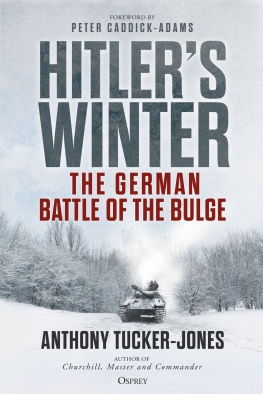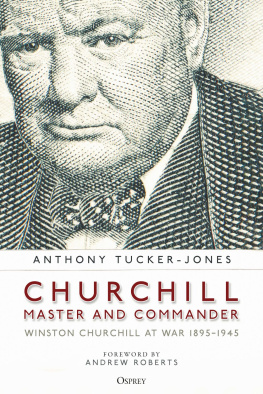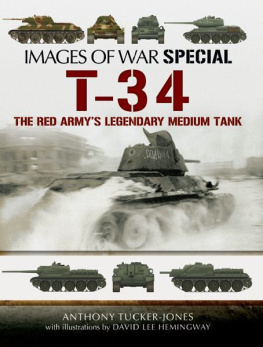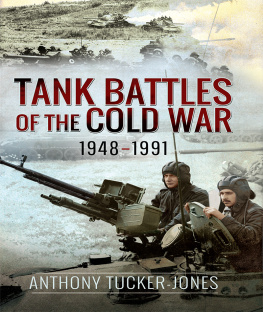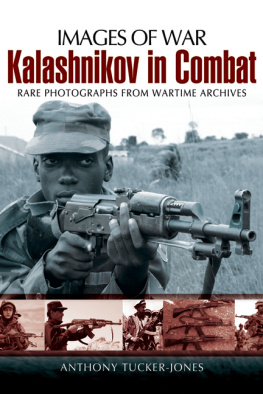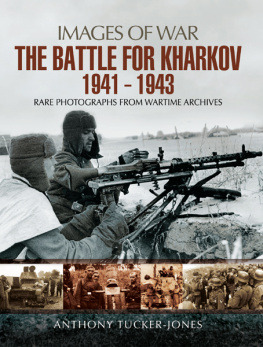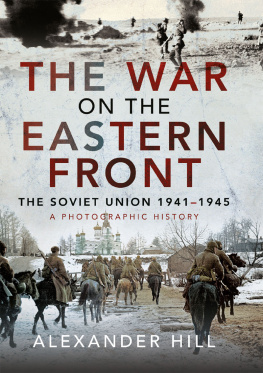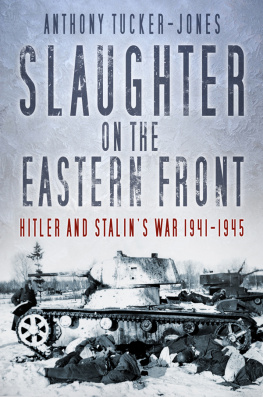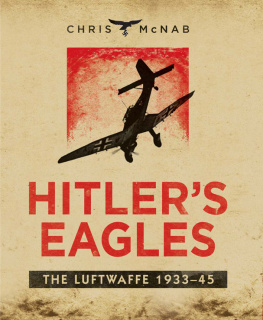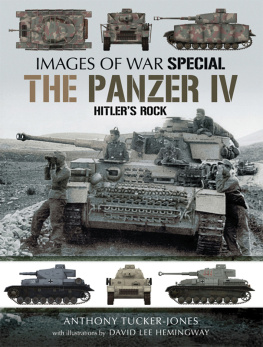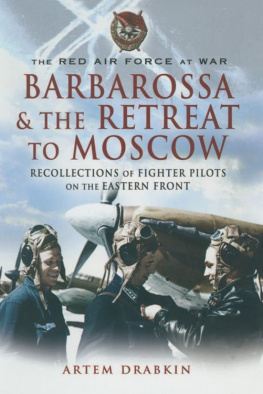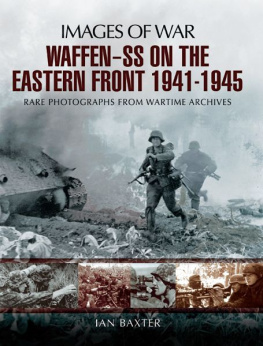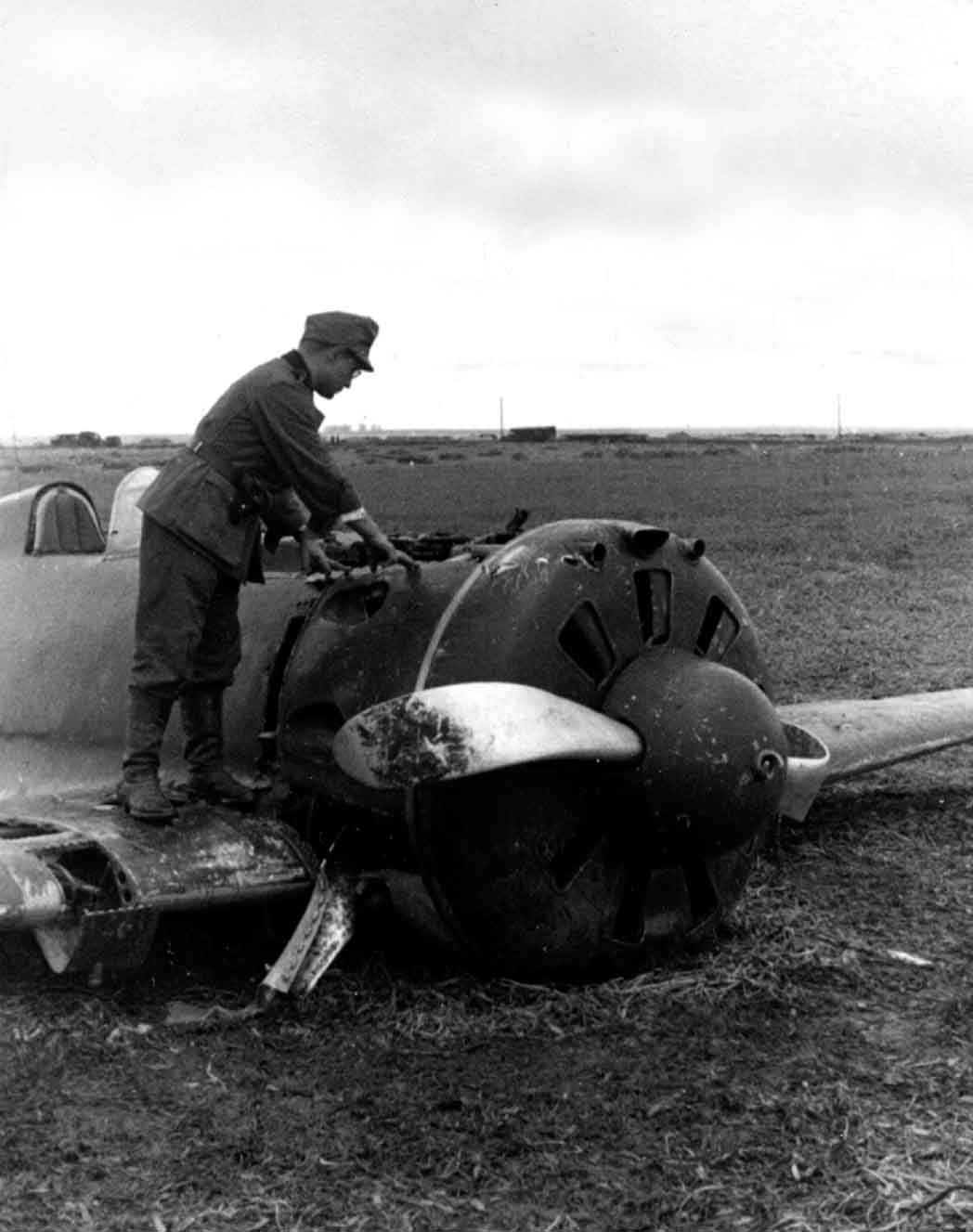
This Soviet wheels-up I-16 fighter, its propeller blades all bent out of shape, gets the once-over by a curious German soldier. It was possible for a pilot to survive such a heavy landing and live to fight another day.
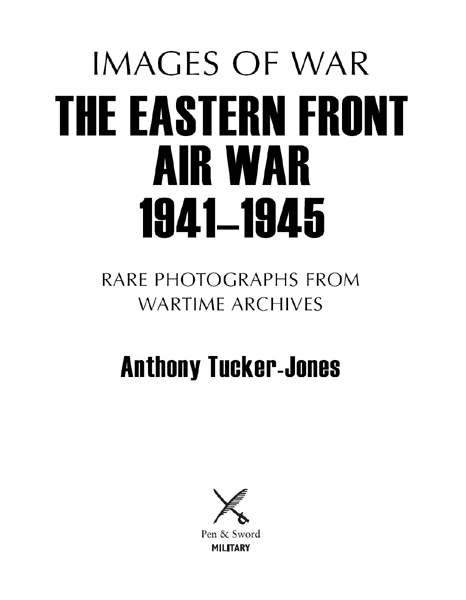
First published in Great Britain in 2016 by
PEN & SWORD MILITARY
an imprint of
Pen & Sword Books Ltd,
47 Church Street,
Barnsley,
South Yorkshire
S70 2AS
Text copyright Anthony Tucker-Jones, 2016
Photographs copyright as credited, 2016
Every effort has been made to trace the copyright of all the photographs. If there are unintentional omissions, please contact the publisher in writing, who will correct all subsequent editions.
A CIP record for this book is available from the British Library.
ISBN: 978 1 47386 162 6
PDF ISBN: 978 1 47386 165 7
EPUB ISBN: 978 1 47386 164 0
PRC ISBN: 978 1 47386 163 3
The right of Anthony Tucker-Jones to be identified as Author of this Work has been asserted by him in accordance with the Copyright, Designs and Patents Act 1988.
All rights reserved. No part of this book may be reproduced or transmitted in any form or by any means, electronic or mechanical including photocopying, recording or by any information storage and retrieval system, without permission from the Publisher in writing.
Typeset by CHIC GRAPHICS
Printed and bound by CPI Group (UK) Ltd, Croydon, CR0 4YY
Pen & Sword Books Ltd incorporates the imprints of Pen & Sword Archaeology, Atlas, Aviation, Battleground, Discovery, Family History, History, Maritime, Military, Naval, Politics, Railways, Select, Social History, Transport, True Crime, Claymore Press, Frontline Books, Leo Cooper, Praetorian Press, Remember When, Seaforth Publishing and Wharncliffe.
For a complete list of Pen & Sword titles please contact
Pen & Sword Books Limited
47 Church Street, Barnsley, South Yorkshire, S70 2AS, England
E-mail:
Website: www.pen-and-sword.co.uk
Contents
Introduction
I n the summer of 1941 Stalins forward defence strategy saw units of the Red Air Force operating from airfields in Soviet-occupied Eastern Poland as well as Western Byelorussia and Ukraine. These included about 7,300 aircraft that were guarding against the threat posed by the Wehrmachts close proximity in neighbouring Western Poland as well as Hitlers Hungarian and Romanian allies.
Stalin chose to ignore all the warning signs and the ill-prepared Red Air Force paid the price. Air attacks on sixty-six frontier airfields on Sunday, 22 June 1941 heralded Adolf Hitlers titanic assault on Joseph Stalin Soviet Union, with the result that the Red Air Force was swiftly and efficiently crushed largely still on the ground. The first few days of the war ensured the almost complete destruction of the Red Air Force and left the Red Army at the mercy of the Luftwaffe and Hitlers panzers.
When the time came the Luftwaffe struck sirens screaming, guns blazing, and bombs whistling from the sky. Some 550 Luftwaffe bombers and 480 fighters were involved in the opening air strikes of Operation Barbarossa. Hitlers strike force also included an additional 300 Stuka dive-bombers from Luftflotten 1, 2 and 4. The dreaded Stuka had made its name as a terror weapon during the Polish campaign in 1939 and, while it enjoyed air superiority, was invincible.
Within the space of five months following Barbarossa the Red Air Force had lost more than 21,000 aircraft in the face of the Luftwaffes deadly onslaught. Like the Red Army, the Air Force was sent reeling, battered and bleeding. Whilst many of its bombers escaped the opening attacks its fighter force was so severely depleted it seemed at breaking point. Luckily, as many of the fighters were destroyed on the ground, the pilots lived to fight another day. The Soviet Unions cities also felt the wrath of the Luftwaffe; thousands of buildings were shattered into rubble by a steady stream of high explosives delivered by Hitlers Heinkel and Junkers bombers.
The subsequent four-year air war over Russia, or, more precisely, the Soviet Union, is a much neglected aspect of the conflict on the Eastern Front. In particular, it is not generally appreciated that Hitlers strategic blunders in seeking to defeat Stalin were compounded by the inadequacy of his tactical bombers and the needless destruction of his transport fleet. In terms of the conflict in the air the focus of the Second World War has always been on the Battle of Britain, the strategic bomber campaign against Germany, the air campaign supporting the Normandy invasion and the efforts to counter Hitlers V-rockets. The air war on the Eastern Front was no less intense and saw pilots and aircrews on both sides engaged in a deadly duel across vast distances stretching from Leningrad in the far north to the Crimea in the south.
A technological arms race had been taking place throughout the 1930s, which was one that the Soviet Union initially lost. The Soviet aviation design bureaus of MiG, Sukhoi and Yak sought to develop high-speed and agile fighter and interceptor aircraft on a par with those being built in Western Europe. Design flaws and teething problems greatly delayed this process and meant that the bulk of the Soviet Air Forces fighter units were equipped with the obsolete Polikarpov biplanes and monoplanes. These proved incapable of keeping the Luftwaffe at bay.
In addition, in keeping with Stalins deep mistrust of the Soviet armed forces, he viewed the senior leadership of the air and air defence forces as a serious threat to his power. In consequence they were not spared the purges that afflicted and debilitated the Red Army on the eve of the war. The Red Air Force, in the guise of Stalins Falcons, and the Luftwaffe, in the shape of Hitlers Condor Legion, gained invaluable combat experience during the Spanish Civil War. Whereas the Luftwaffes Spanish veterans soon rose through the ranks, Stalin rewarded his Falcons by purging them just before Hitlers invasion. Many of the leading aviation designers and engineers suffered a similar fate. Hampered by poor aircraft, poor training and a dispirited leadership, the Red Air Force proved to be a paper tiger.
In sharp contrast, by the summer of 1941 Hitlers Luftwaffe was riding high thanks to the invaluable experience it had gained supporting the Wehrmachts hugely successful blitzkrieg in the West. In addition, the Luftwaffe was able to draw on the experience of the German Condor Legion, which had fought for Francos Nationalists during the Spanish Civil War. Even though the Battle of Britain in the summer of 1940 had provided a wake-up call for the Luftwaffes deficiencies it was quick to learn from its mistakes, improving its tactics and aircraft.
Thanks to all this, the Messerschmitt Bf 109 developed into a highly proficient fighter and the equally formidable Focke-Wulf Fw 190 was waiting in the wings to join it. Similarly, although Hitler ignored any need for a strategic bomber force, his tactical bombers and dive-bombers gave him a first strike capability that overwhelmed both the Red Air Force and the Red Army in much the same way that he had crushed the French armed forces in May 1940.
In the long term, Hitlers failure to develop a strategic bomber force was to contribute to his downfall on the Eastern Front. Once the Soviets had miraculously evacuated their vital weapon factories east of the Ural Mountains, the Luftwaffe had little means of reaching them. This meant that Hitler was faced with a production war he could not ultimately win. Once the Soviet armed forces began to revitalize and rearm themselves he was faced with a war of attrition that he did not have the resources to fight.
Next page

